DL-Malic Acid
₦80,000.00
Description
DL-Malic acid is a synthetic form of malic acid, which is a naturally occurring organic compound found in many fruits, particularly apples. It exists in two forms: L-malic acid (the naturally occurring form) and D-malic acid (the synthetic mirror image). DL-malic acid is a racemic mixture that contains equal parts of both L- and D-isomers.
### Properties:
– **Chemical Formula**: C₄H₆O₅
– **Appearance**: White crystalline powder.
– **Taste**: Sour, tart taste, commonly used to enhance flavor in food and beverages.
– **Solubility**: Highly soluble in water and ethanol.
### Industrial Applications:
1. **Food and Beverage Industry**:
– **Flavor Enhancer**: DL-malic acid is widely used as an acidulant to enhance or adjust the tartness and sourness in foods and beverages, including candies, fruit juices, soft drinks, and jams.
– **pH Control**: It is often used to control the acidity in food products, particularly in beverages and confectionery, where a specific pH is needed for stability and flavor.
– **Preservative**: The acidic environment created by malic acid can act as a preservative, helping to inhibit the growth of bacteria and other microorganisms.
2. **Pharmaceutical Industry**:
– **Tablet Formulation**: Malic acid is used in pharmaceutical formulations to improve taste (particularly for chewable tablets) and as a buffering agent to maintain the stability of active ingredients.
– **Supplements**: DL-malic acid is used in dietary supplements, often in combination with magnesium, to support energy production in the body, as malic acid plays a role in the Krebs cycle (cellular energy production).
3. **Cosmetics and Personal Care**:
– **Skin Care Products**: It is used in cosmetics, especially in exfoliants and anti-aging products, because of its ability to promote skin renewal and improve texture.
– **pH Adjustment**: Used to maintain the right pH level in various personal care products like shampoos, conditioners, and lotions.
4. **Cleaning Products**:
– **Descaling Agent**: Its acidity allows it to be used in cleaning agents for removing mineral deposits (like limescale) from surfaces.
– **pH Control in Detergents**: DL-malic acid can be used in formulations where acidity is required to enhance cleaning effectiveness.
### Benefits:
– **Flavor enhancement**: Its tart taste makes it useful in food products to improve flavor complexity.
– **Stable**: More stable than some other acids like citric acid, making it suitable for use in a wide range of applications.
– **Involved in Energy Metabolism**: L-malic acid, the biologically active form, is involved in the Krebs cycle, which plays a key role in energy production in cells.
### Limitations:
– **Synthetic Component**: DL-malic acid is a synthetic compound, and while it is safe for use, the D-malic acid form does not naturally occur in the body and is not metabolized as efficiently as L-malic acid.
– **Taste**: The D-isomer may contribute to a slightly different or off taste in some formulations compared to pure L-malic acid.
### Conclusion:
DL-malic acid is a versatile compound used in food, pharmaceuticals, cosmetics, and cleaning products. Its primary roles are as an acidulant, pH regulator, and flavor enhancer. While the L-form is more naturally occurring and involved in energy production, the synthetic DL-malic acid remains widely used due to its stability and functionality in various industries.


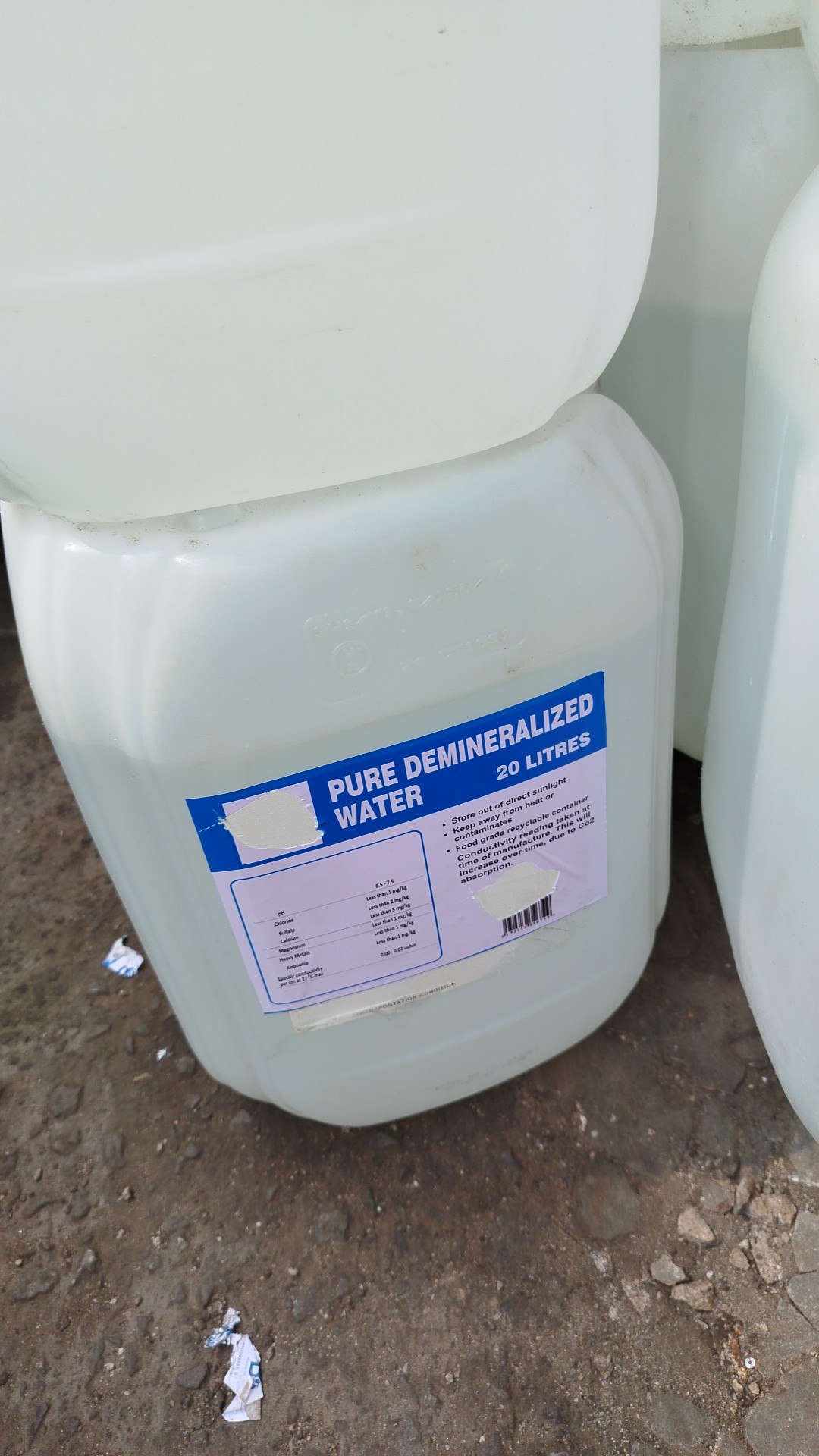

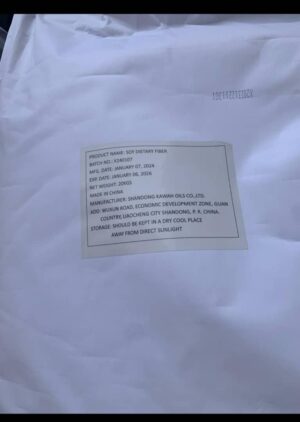

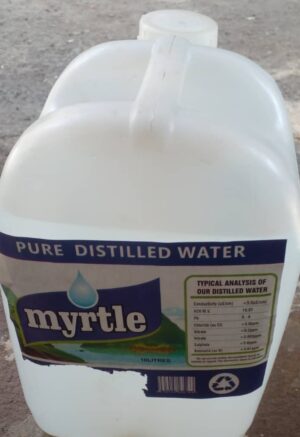
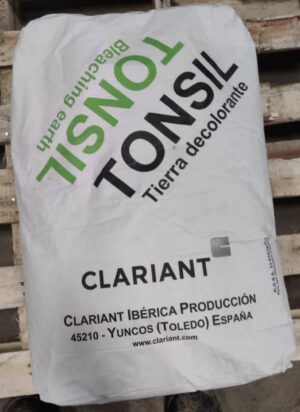
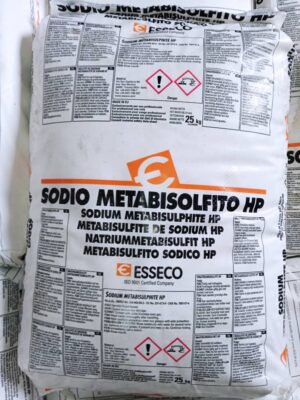
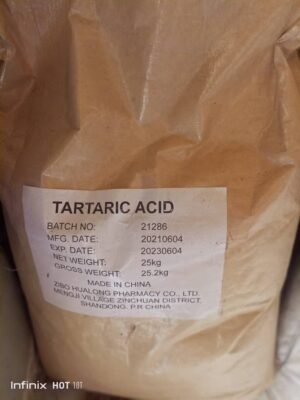
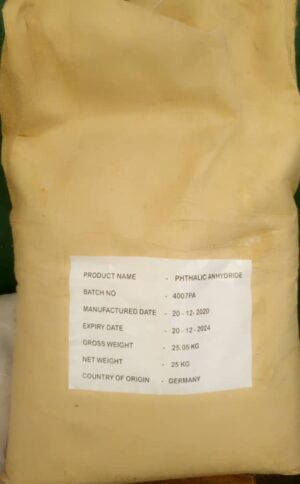
ThomasObels –
my canadian pharmacy rx
https://expresscanadapharm.com/# canadian world pharmacy
best online canadian pharmacy
Lorenzokic –
Their medication reminders are such a thoughtful touch.
buy generic cipro pills
A pharmacy that feels like family.
BryanExify –
They take the hassle out of international prescription transfers.
how to get generic clomid no prescription
Actual trends of drug.
BryanExify –
A beacon of international trust and reliability.
can you buy cheap clomid no prescription
The drive-thru option is a lifesaver.
BryanExify –
Clean, well-organized, and easy to navigate.
gabapentin for sale
Always a step ahead in international healthcare trends.